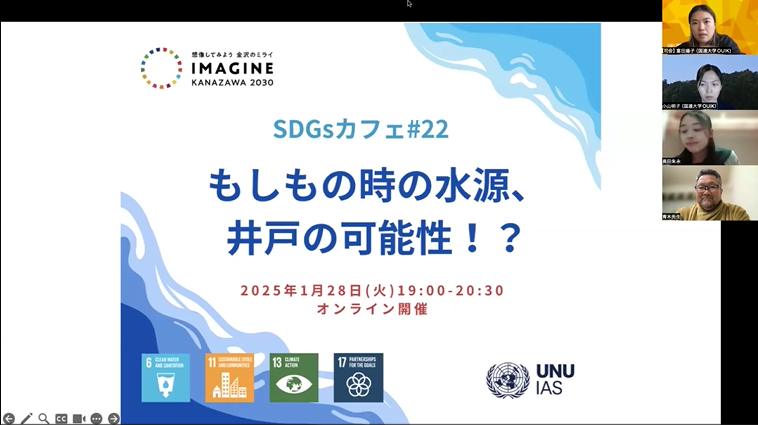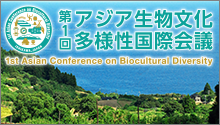On 28 January, 2025, SDGs Café #22 titled “Wells as an Emergency Water Source,” was held. Based on a case study of the Noto region, which experienced an earthquake and heavy rains, participants discussed Kanazawa’s disaster risk and water security during emergencies, deepening their understanding of the use of wells and their importance, especially when water supplies are disrupted.
Guest speakers included Prof. Tatsuto Aoki, an Associate Professor at Kanazawa University who expertises in disaster risk and disaster prevention in Ishikawa Prefecture; Ms. Sayako Koyama, a UNU-IAS OUIK Researcher and Ms. Ayae Nagata, a first-year student at Kanazawa University Senior High School. They were invited to introduce their research activities and engage in discussions with the participants.
1. Prof. Tatsuto Aoki (Kanazawa University): “Understanding the vulnerability to water disasters from the Noto Peninsula earthquake and the heavy rainfalls in Oku-Noto”
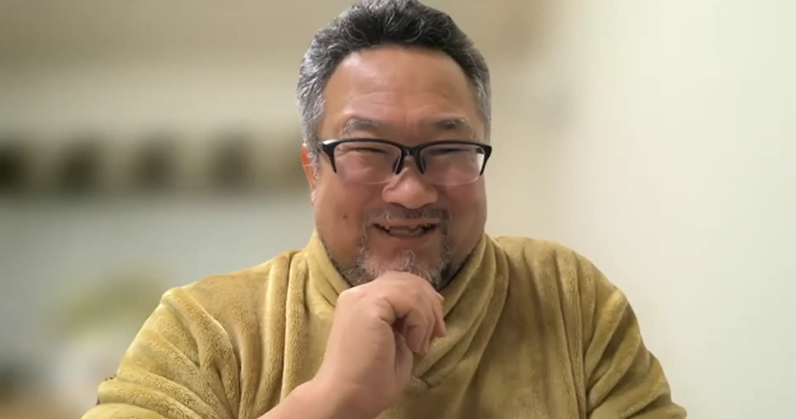
Prof. Tatsuto Aoki (Kanazawa University)
Prof. Aoki began his presentation by explaining the damage on Noto after the earthquake and heavy rainfalls, as well as the challenges posed by the disruption to the water supply and the risk of disasters in Kanazawa City.
He noted that the 2024 Noto Peninsula Earthquake (M7.6) was marked by the region’s isolation, as many disaster-related phenomena occurred simultaneously. In the Noto area, ports were uplifted and roads were cut off, disrupting land, sea, and air transport. The degradation of infrastructure from aging water pipes and other issues that greatly impacted daily life and hindered recovery efforts. Prof. Aoki emphasized that the delay in restoring the water and sewage systems post-earthquake directly affected the availability of water for residents.
He pointed out that Kanazawa City is located on an active fault, the Morimoto-Togashi fault, and warned about that an earthquake with a magnitude of 7.2 and a maximum intensity of 7 could strike the downtown area of Kanazawa. The probability of an earthquake occurring along this fault is among the highest in the country, ranking in the top ten of approximately 200 active faults nationwide (within the top 5%) and is described by Prof. Aoki as “ready to move at any time.”
Due to the risk of lifeline disruptions and isolation caused by earthquakes in Kanazawa City, he asserted the need to consider disaster preparedness regularly. He also emphasized the importance of securing diverse water supply sources, such as wells, in preparation for future disasters.
Finally, he proposed the idea of off-grid water and sewage systems, stating, “There is often talk about promoting off-grid electricity, but if water supply systems could also be off-grid, it would bring even more convenience to our lives,” thus concluding his discussion.
2. Sayako Koyama (UNU-IAS OUIK Researcher): Well Water Use During the Disruption to the Water Supply in Notojima Island after 2024 Noto Peninsula Earthquake
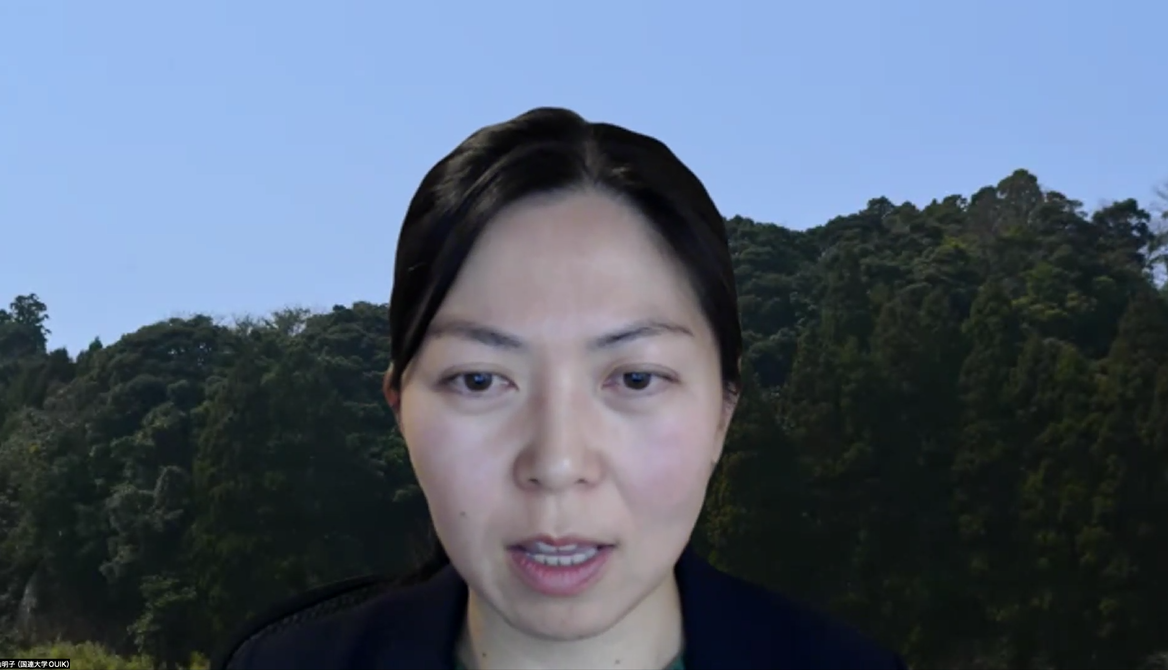
Sayako Koyama (UNU-IAS OUIK Researcher)
Researcher Koyama presented the results of her study on the use of wells during the disruption to the water supply in Notojima Island following the Noto Earthquake.
In Notojima, some areas experienced nearly three months of water supply interruption due to the earthquake, and it was noted that the use of well water during this period was widespread. The types of wells on Notojima include shallow wells, deep wells, and horizontal wells. Her survey revealed that about 40% of respondents across Notojima regularly used well water, indicating that wells remain a common resource. Approximately 70% of respondents reported using well water during the outage. The presentation included examples of neighbors using well water for washing machines and the distribution of well water in tanks to people both inside and outside the village.
Researcher Koyama also explained that even wells that were not at a drinkable level played a vital role during times of disaster. She emphasized the importance of passing on knowledge and information about well usage to the younger generation, as well as maintaining self-sufficient water sources and wells within the community, which will enhance the community’s resilience in the future.
Lastly, she discussed the connection between wells and the Sustainable Development Goals (SDGs). Koyama explained that even in a country with a highly developed water infrastructure like Japan, wells are essential for securing water during disasters, and access to water relates to the important goal of SDG 6 (Clean Water and Sanitation).
She concluded by stating that having a system for local water supply significantly enhances community resilience, especially in times of disaster.
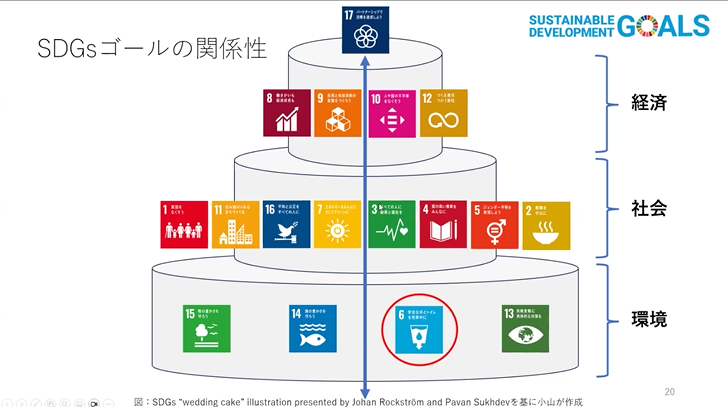
3. Ayae Nagata (Kanazawa University Senior High School): “Survey and Ideas on Wells in Kanazawa”

Ayae Nagata (Kanazawa University Senior High School)
Next, Ms. Nagata from Kanazawa University Senior High School spoke about her research on wells in Kanazawa and her vision for the future. She participated in the “Leadership Development Program for the Next Generation: Changing the World from Kanazawa, Ishikawa 2024,” organized by OUIK last year at the UNU-IAS OUIK, where she learned about biodiversity and local environmental issues. After this training program, she began her research on securing water during disasters.
Ms. Nagata explained that while people in Japan use about 300 liters of water per day, in Kenya, it is only about 14 liters. She pointed out the serious impacts of losing access to tap water during disasters, noting that even with water storage and supply trucks, there may still be shortages. Supply trucks are only available at certain times, making it difficult to secure the necessary amounts of water freely. She emphasized the important role that wells can play in securing water during disasters.
In her research, Ms. Nagata mapped the number of wells in Kanazawa City by elementary school districts, identifying areas where wells are lacking and the need for new ones. She made specific recommendations for the placement of new wells, particularly considering disaster cooperation wells, to ensure they are situated more effectively.
Furthermore, she mentioned that “the groundwater used by Kanazawa City comes from melting snow in the Hakusan Mountains, but the permanent snow in Hakusan is decreasing year by year. This reflects the impacts of global warming and abnormal weather patterns.”
Finally, she stated, “It is important for us to strive to protect the global environment and to remember that many people around the world live with the bare minimum amount of water.” This concluded the session.
Discussion Session
In the discussion session, a lively question-and-answer session took place. Opinions were exchanged on topics such as, “What would happen if a water outage occurred in Kanazawa now?” “What are the pros and cons of having a well?” and “How can we raise awareness about utilizing wells during disasters?”
Finally, Ms. Tomita from the UNU-IAS OUIK, the moderator, expressed hopes that “I hope everyone will share today’s discussion with your families, workplaces, schools, or neighbors, and connect it to community activities.” This concluded the session.
In this event, the role of wells and the importance of securing water were debated through examples from the Noto region. It was confirmed that preparing for disasters by not solely relying on public water supply, but by utilizing wells and promoting off-grid water sources, leads to more independent water security and enhances the resilience of the entire community. Moreover, it was reaffirmed that wells play a crucial role in strengthening ties within local communities, not just as sources of water. Moving forward, cities like Kanazawa will need to establish systems that can supply water locally in preparation for disasters.
You can watch the full session of the Imagine Kanazawa 2030 SDGs Cafe#22 here: Youtube


